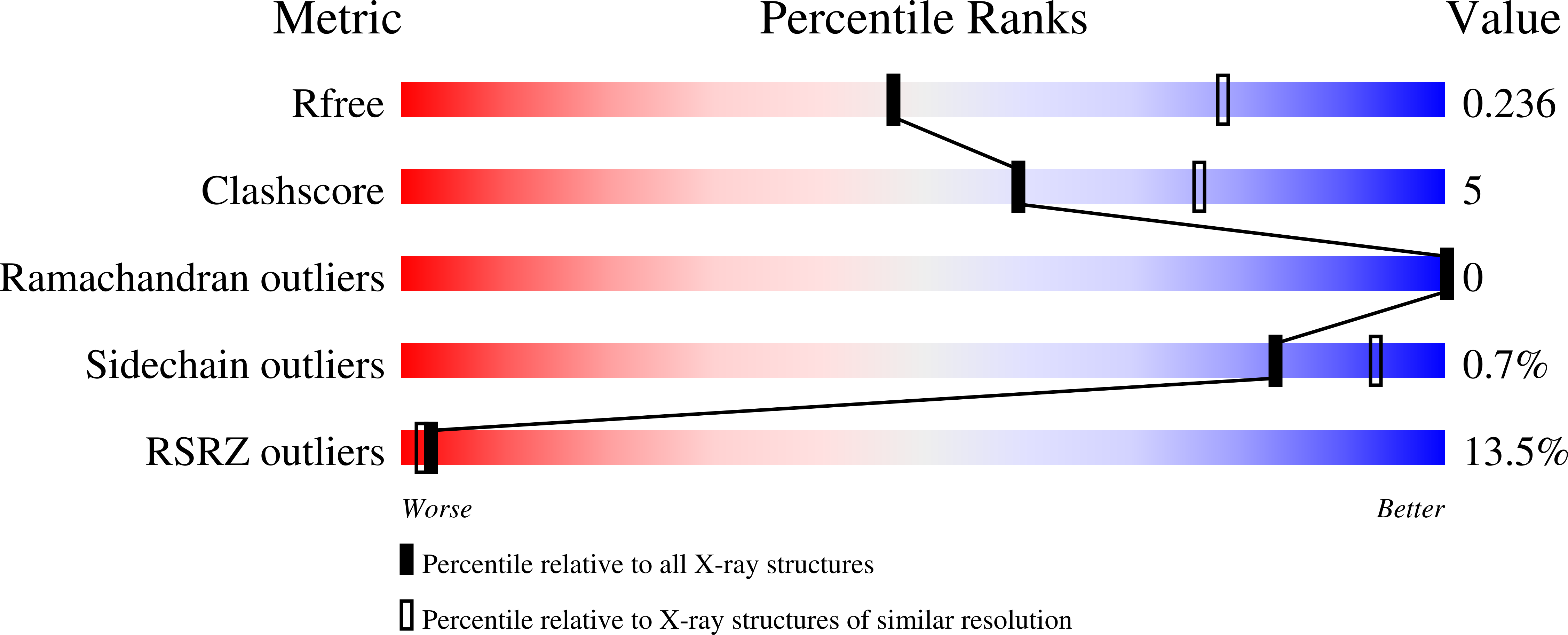
Deposition Date
2021-12-20
Release Date
2022-12-21
Last Version Date
2023-10-25
Entry Detail
PDB ID:
7T9V
Keywords:
Title:
Crystal structure of hSTING with the agonist, SHR171032
Biological Source:
Source Organism:
Homo sapiens (Taxon ID: 9606)
Host Organism:
Method Details:
Experimental Method:
Resolution:
2.68 Å
R-Value Free:
0.23
R-Value Work:
0.20
R-Value Observed:
0.20
Space Group:
C 1 2 1


